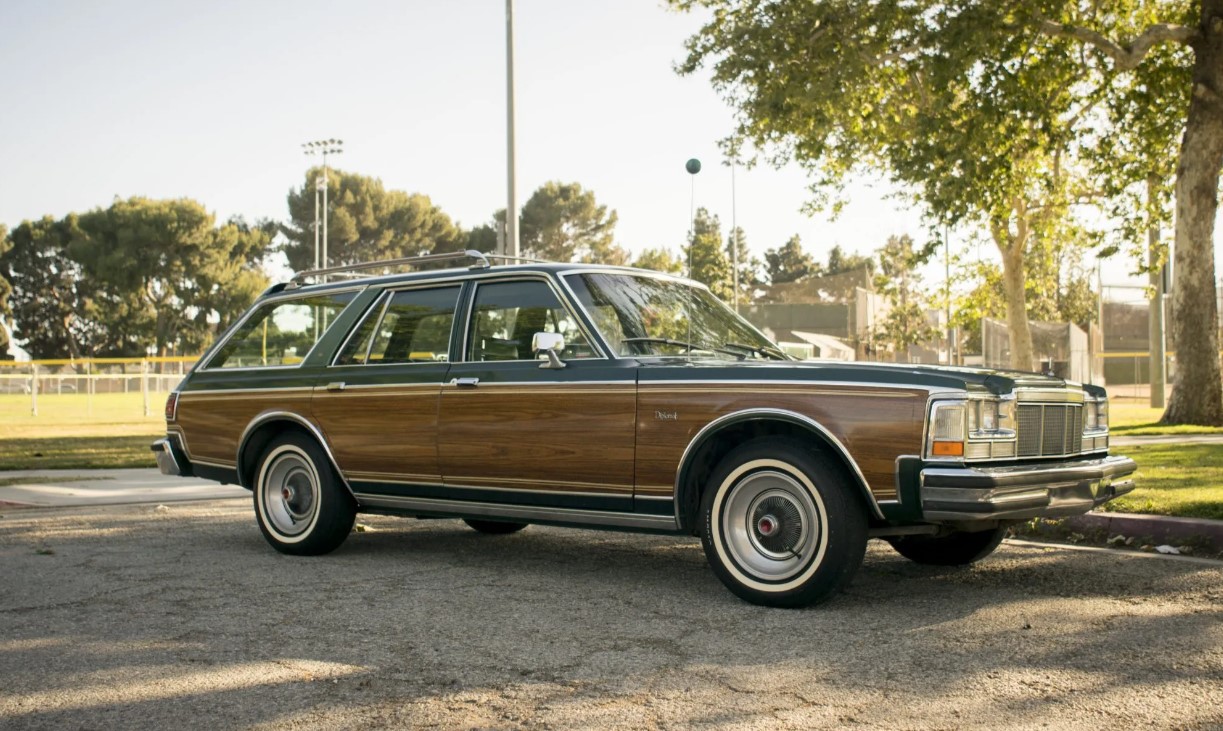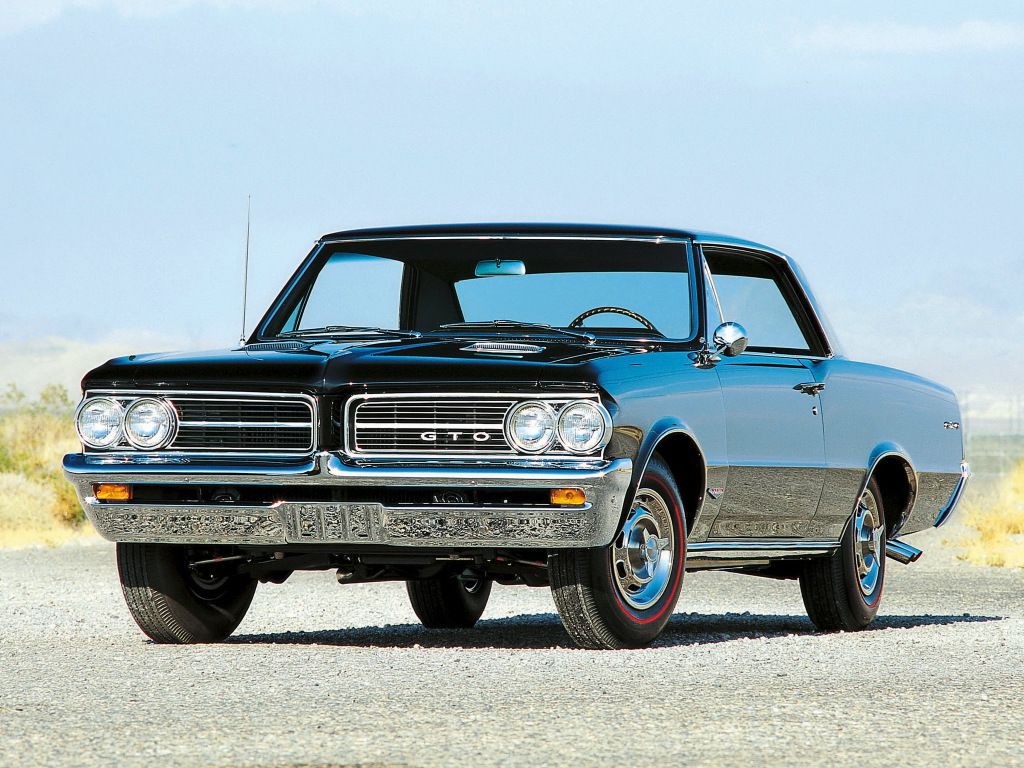In the world of off-road vehicles, few names command as much respect and admiration as the Ford Bronco. The 1966 Ford Bronco, in particular, stands out as the inaugural model year of this legendary line of 4x4 SUVs. With its rugged design, impressive capabilities, and a spirit of adventure, the '66 Bronco quickly became an icon in the realm of off-roading and outdoor exploration. In this comprehensive exploration, we'll delve into the history, design, performance, technological features, and lasting legacy of the 1966 Ford Bronco.
Origins and Development: Forging a New Path
The mid-1960s marked a turning point for the American automotive landscape. The traditional notion of a utility vehicle was mainly confined to trucks and larger vehicles, leaving a void for a smaller, agile, and utilitarian off-road machine. The 1966 Ford Bronco was conceived as a response to this gap, aiming to capture a niche market that valued both rugged capability and everyday drivability.
Development of the Bronco began in the early 1960s, driven by the vision of Donald N. Frey, Ford's Assistant General Manager and Chief Engineer. The design team, led by Paul G. Axelrad, aimed to create a vehicle that could comfortably seat four passengers, navigate rough terrains with ease, and perform daily tasks. The first-generation Bronco, introduced in 1966, was envisioned as a no-nonsense, go-anywhere machine.
Design and Features: A Perfect Blend of Form and Function
-1692328977x1024.jpg)
The design philosophy behind the 1966 Ford Bronco revolved around achieving a harmonious balance between form and function. The vehicle's compact size made it maneuverable both on and off-road, while its sturdy frame and axles ensured it could handle demanding terrains. The Bronco featured a boxy and utilitarian design, characterized by its flat grille, round headlights, and simple lines. This design approach was consistent with the utilitarian nature of the vehicle.
One of the defining features of the Bronco was its removable hardtop, a unique trait that allowed drivers to transform the vehicle from a weatherproof enclosed space to an open-top adventure machine. This feature was not only functional but also added to the vehicle's distinctive appearance. The interior was designed with durability and practicality in mind, featuring a minimalist dashboard layout and robust materials that could withstand the rigors of off-road exploration.
Under the Hood: Power and Performance
-1692328999x1024.jpg)
The 1966 Ford Bronco offered a range of engine options to suit different needs and preferences. The base engine was a 170-cubic-inch inline-six capable of producing 105 horsepower, providing a decent balance between efficiency and performance. For those seeking more power, a 289-cubic-inch V8 engine producing 200 horsepower was available as an option. This engine allowed the Bronco to achieve impressive acceleration and towing capabilities, further enhancing its versatility.
The Bronco's drivetrain was equally impressive, with options for both two-wheel drive and four-wheel drive. The latter was particularly suited for off-road adventures, thanks to its rugged transfer case and Dana 30 front axle. This setup allowed the Bronco to conquer challenging terrain with ease, cementing its reputation as a capable off-roader.
Cultural Impact: From Utility to Symbolism
-1692329032x1024.jpg)
Upon its release, the 1966 Ford Bronco quickly garnered attention for its unique combination of practicality and ruggedness. It appealed to a wide range of consumers, from ranchers and farmers in need of a versatile workhorse to outdoor enthusiasts seeking a vehicle that could take them off the beaten path. The Bronco's versatility was further highlighted by its adaptability to various aftermarket modifications, including lift kits, larger tires, and off-road accessories.
As the 1960s progressed, the Bronco's popularity grew beyond its utilitarian roots. It became a cultural icon, often associated with the spirit of adventure, exploration, and freedom. Its appearances in films, television shows, and advertisements further solidified its status as a symbol of American automotive history.
Enduring Legacy: Paving the Way for the SUV Revolution
-1692329066x1024.jpg)
The impact of the 1966 Ford Bronco extended far beyond its initial release. In many ways, it laid the foundation for the SUV revolution that would follow in the decades to come. The Bronco demonstrated that utility and versatility could be seamlessly integrated into a compact vehicle, challenging the prevailing notion that larger trucks were necessary for off-road capabilities.
The Bronco's legacy is evident in the modern SUV market, where compact and midsize SUVs have become dominant segments. The vehicle's blend of off-road prowess and everyday usability set a precedent for what consumers could expect from an SUV. Even after production of the first-generation Bronco ended in 1977, its impact endured through subsequent generations and the fervent loyalty of enthusiasts.
Conclusion: A Trailblazing Icon
The 1966 Ford Bronco remains a trailblazing icon that embodies the spirit of adventure, innovation, and resilience. Its introduction marked a pivotal moment in automotive history, challenging conventional norms and forging a path that would shape the future of SUVs. From its distinctive design and off-road capabilities to its cultural impact and enduring legacy, the Bronco's story is one of ingenuity and inspiration. As automotive enthusiasts and collectors continue to celebrate its heritage, the 1966 Ford Bronco stands as a testament to the power of visionary design and engineering.



